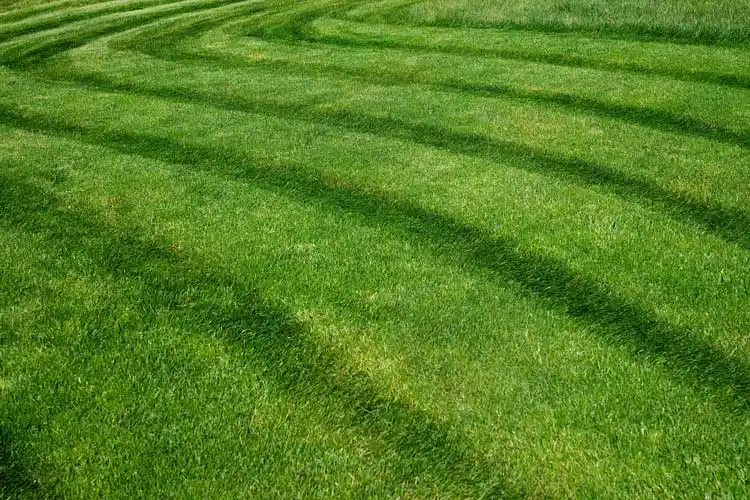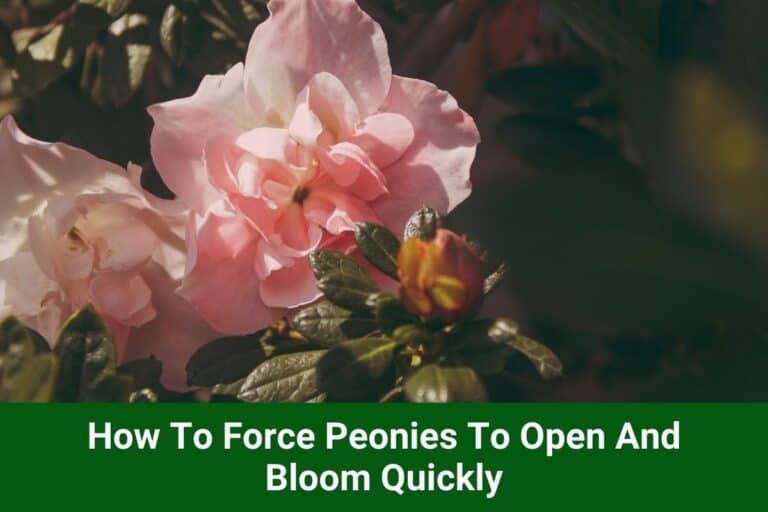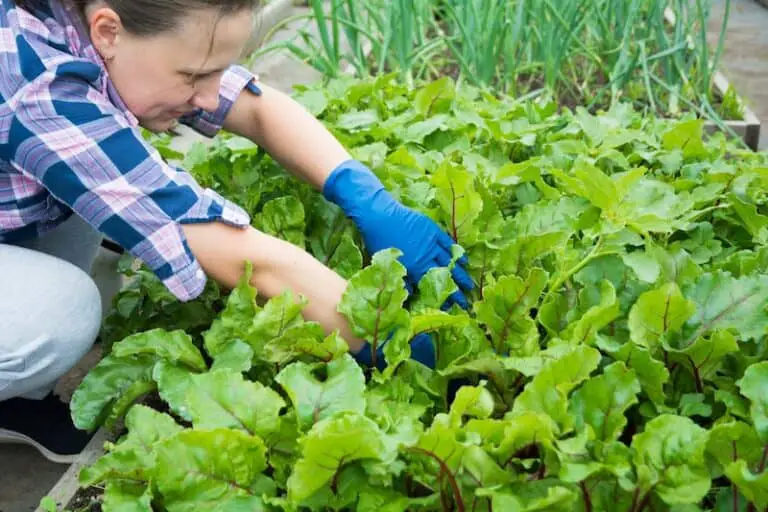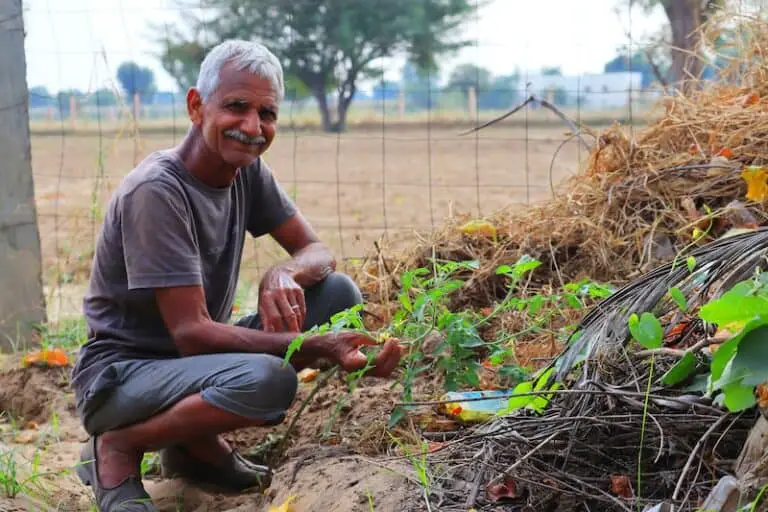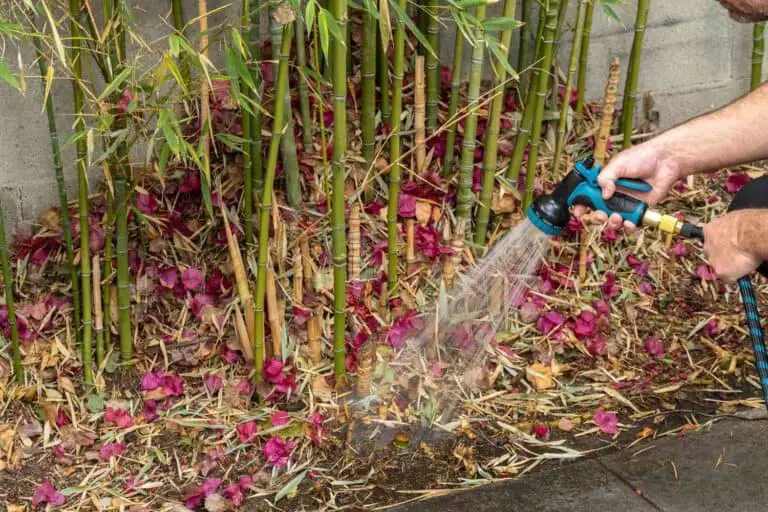What Happens If You Water Your Lawn After Mowing: Benefits & Tips
Watering your lawn after mowing helps grass recover and reduces stress. It also ensures deeper soil penetration for nutrients.
Maintaining a healthy lawn requires proper care and timing. Mowing trims the grass, making it prone to stress and damage. Watering immediately after mowing hydrates the grass, allowing it to recover quickly. This practice helps roots grow deeper, ensuring better access to nutrients and water.
Consistent watering post-mowing promotes a lush, green lawn. It also minimizes the risk of disease and pests. Proper hydration is crucial for grass health, especially during hot weather. By watering right after mowing, you set the stage for a resilient and attractive lawn. This simple step can make a significant difference in lawn maintenance.
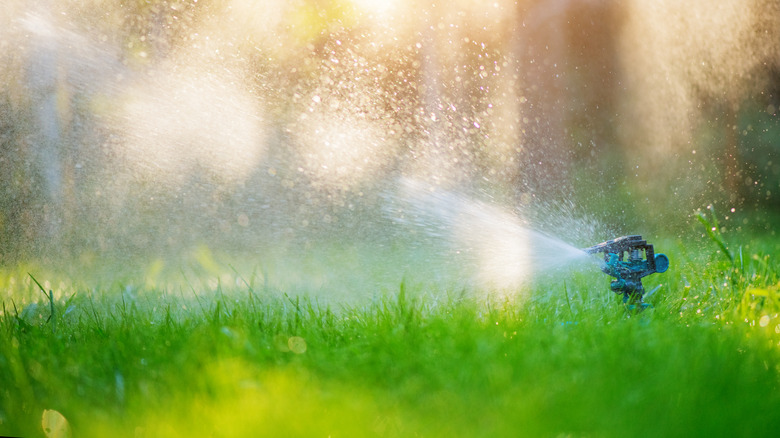
Credit: www.housedigest.com
Timing Matters
Properly timed lawn watering is crucial. It ensures healthy growth and vibrant green grass. Watering your lawn after mowing can yield different results. Timing is key to achieve the best outcome.
Best Time To Water
The best time to water your lawn is early in the morning. The cooler temperatures allow the water to soak into the soil. This helps the grass absorb the moisture efficiently. Watering in the morning reduces evaporation. This ensures your lawn gets the hydration it needs.
Another good time to water is late in the afternoon. This time, the sun is not as harsh. The water can penetrate the soil and reach the roots. Avoid watering in the evening as it can lead to fungal growth.
Avoiding Common Mistakes
Avoid watering your lawn immediately after mowing. The grass blades are in a stressed state. Watering at this time can cause damage and disease.
Do not water during the hottest part of the day. The water will evaporate quickly and not reach the roots. This wastes water and does not benefit your lawn.
Overwatering can also be harmful. It can lead to shallow root growth and lawn diseases. Ensure to water deeply but infrequently for the best results.
| Time of Day | Benefits | Risks |
|---|---|---|
| Morning | Efficient Absorption, Reduced Evaporation | None |
| Late Afternoon | Good Absorption, Less Evaporation | Potential for Fungal Growth if Too Late |
| Evening | Potential for Fungal Growth | High Risk of Disease |
| Midday | High Evaporation Rate | Wasted Water |
Enhanced Grass Health
Watering your lawn after mowing can lead to enhanced grass health. This practice helps your lawn absorb nutrients better and develop stronger roots. Ensuring your lawn gets the right care makes it lush and vibrant.
Nutrient Absorption
Watering after mowing helps grass absorb nutrients effectively. Freshly cut grass has open pores. Watering helps these pores take in nutrients faster. This results in greener and healthier grass.
Here are the benefits of watering for nutrient absorption:
- Improves nutrient uptake
- Reduces nutrient loss
- Enhances soil moisture
Stronger Roots
Watering your lawn after mowing also promotes stronger roots. Strong roots anchor the grass firmly. They help the grass withstand drought and harsh conditions.
Consider these advantages:
- Roots grow deeper
- Grass becomes more resilient
- Improves lawn durability
Remember, a well-watered lawn is a healthy lawn. Follow these tips for a vibrant yard.
Cooling Effect
Watering your lawn after mowing offers multiple benefits. One key advantage is the cooling effect on the grass and soil. This helps maintain a healthy lawn.
Reducing Soil Temperature
Watering after mowing reduces soil temperature. The grass absorbs water and cools down. This is crucial during hot days.
| Before Watering | After Watering |
|---|---|
| High soil temperature | Lower soil temperature |
| Dry soil | Moist soil |
Preventing Heat Stress
Watering post-mowing helps prevent heat stress in grass. It provides necessary moisture, aiding in recovery.
- Minimizes grass browning
- Promotes lush growth
- Enhances root strength
Watering your lawn after mowing is beneficial. It keeps your lawn healthy and vibrant.
Reduced Soil Compaction
Watering your lawn after mowing can help reduce soil compaction. This practice benefits your grass and soil structure. Reduced soil compaction allows for better root growth. It also improves water and nutrient absorption.
Loosening The Soil
Watering after mowing helps in loosening the soil. The water seeps into the ground, making it softer. This process aids in breaking up compacted soil particles. Soft soil encourages deeper root growth for your grass.
Improving Aeration
Improved aeration is another benefit of watering post-mowing. Proper aeration allows air to reach the roots. This process is crucial for the health of your lawn. Well-aerated soil supports healthy grass growth.
| Benefits | Description |
|---|---|
| Loosening the Soil | Watering softens the ground, aiding root growth. |
| Improving Aeration | Better aeration allows air to reach the roots. |
Weed Control
Maintaining a lush, green lawn is no easy task. One effective method for achieving this is by watering your lawn after mowing. This practice can significantly aid in weed control. By understanding how watering impacts weed growth, you can keep your lawn healthy and beautiful.
Suppressing Weed Growth
Watering your lawn after mowing helps in suppressing weed growth. Weeds thrive in dry conditions. When the soil is moist, it becomes harder for weeds to germinate and grow. By keeping your lawn hydrated, you create an environment that is less inviting for weeds.
Wet soil also makes it easier for your lawn to absorb nutrients. This helps the grass grow stronger and outcompete weeds. A well-watered lawn is a formidable opponent to pesky weeds.
Healthy Lawn Competition
A healthy lawn can compete better against weeds. When grass is strong and lush, it takes up more space. This leaves less room for weeds to grow.
Watering after mowing boosts grass health. Strong grass roots go deeper into the soil. This makes it difficult for weeds to establish themselves.
Below is a simple table to illustrate how watering impacts weed growth and lawn health:
| Action | Effect on Weeds | Effect on Lawn |
|---|---|---|
| Watering After Mowing | Reduces weed germination | Enhances grass growth |
| No Watering | Increases weed growth | Weakens grass |
By understanding these principles, you can maintain a healthy lawn. Watering after mowing is a simple yet effective strategy for weed control.
Pest Prevention
Watering your lawn after mowing can help prevent pests. It creates an environment that deters insects and protects against fungi. This is essential for a healthy, green lawn.
Deterring Insects
After mowing, your lawn can become a haven for insects. Watering your lawn can help keep these pests away. Many insects dislike wet grass. This simple step can make your lawn less attractive to bugs. Regular watering disrupts their habitat.
Fungal Protection
Fungi thrive in dry, cut grass. Watering your lawn right after mowing can prevent fungal growth. Wet grass creates an unfavorable environment for fungi. This keeps your lawn healthy and green.
Consider these tips:
- Water your lawn in the evening or early morning.
- Ensure even water distribution.
- Avoid overwatering to prevent waterlogging.
| Benefit | Action |
|---|---|
| Deterring Insects | Water after mowing |
| Fungal Protection | Water after mowing |
Watering Techniques
Watering your lawn after mowing can help it recover and stay healthy. There are different watering techniques to consider. Each method has its pros and cons. Let’s explore these techniques to find the best one for your lawn.
Sprinkler Systems
Sprinkler systems are a convenient way to water your lawn. They can cover large areas with minimal effort. Set the system to water early in the morning. This helps the grass absorb moisture before it evaporates. Ensure the system provides even coverage. Check for any blocked or misaligned nozzles. Regular maintenance is key to effective watering.
| Advantages | Disadvantages |
|---|---|
| Automated and easy to use | Can be expensive to install |
| Good for large lawns | May waste water if not properly maintained |
Manual Watering Tips
Manual watering is a more hands-on approach. Use a hose with a spray nozzle for better control. Water the lawn in sections to ensure even coverage. Water early in the morning or late in the afternoon. This helps reduce water evaporation. Avoid overwatering as it can harm the grass. Check the soil moisture before watering again. A moist but not soggy soil is ideal.
- Use a hose with a spray nozzle
- Water in sections for even coverage
- Water early in the morning or late in the afternoon
- Check soil moisture before watering
- Start at one corner of the lawn
- Move methodically to cover the entire area
- Monitor soil to avoid overwatering
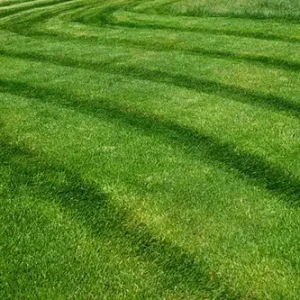
Credit: www.myheronhome.com
Common Mistakes
One of the most common mistakes when caring for your lawn is watering it immediately after mowing. Many homeowners believe this helps, but it often does more harm than good. Let’s explore some common mistakes people make and understand their impact.
Overwatering Risks
Overwatering after mowing can lead to several issues:
- Root rot: Excess water can suffocate the roots, leading to root rot.
- Fungal growth: Wet conditions create a perfect environment for fungi.
- Weed proliferation: Weeds thrive in overwatered lawns, outcompeting grass.
| Issue | Effect |
|---|---|
| Root Rot | Suffocates roots, leading to decay. |
| Fungal Growth | Creates a conducive environment for fungi. |
| Weed Proliferation | Encourages weed growth, outcompeting grass. |
Underwatering Consequences
Underwatering after mowing also poses risks:
- Brown patches: Lack of water can cause grass to turn brown.
- Weak roots: Insufficient water leads to weak, shallow roots.
- Increased stress: Grass becomes more susceptible to disease and pests.
Timing and amount of water are crucial for a healthy lawn. Proper watering practices ensure your lawn stays lush and green.
Seasonal Considerations
Watering your lawn after mowing can be tricky. Each season has different needs. This section focuses on what to do during summer and winter.
Summer Watering Tips
Summer can be tough on lawns due to heat and dryness. Follow these tips:
- Water early in the morning. This prevents evaporation and allows the soil to absorb water.
- Use a sprinkler. Ensure even coverage across the lawn.
- Water deeply but less frequently. This encourages deep root growth.
In summer, your lawn needs about one inch of water per week. Check the soil moisture regularly. Overwatering can lead to fungal issues.
Winter Care Advice
Winter presents different challenges for lawn care. Here are some tips:
- Avoid watering if there is frost. Water can freeze and harm the grass.
- Water only on warmer days. Ensure the temperature is above freezing.
- Reduce watering frequency. Grass growth slows down in winter.
Your lawn still needs moisture during winter but at a reduced rate. Monitor the weather and soil conditions.
| Season | Watering Frequency | Best Time to Water |
|---|---|---|
| Summer | 1 inch per week | Early morning |
| Winter | Less frequent | Warmer days |
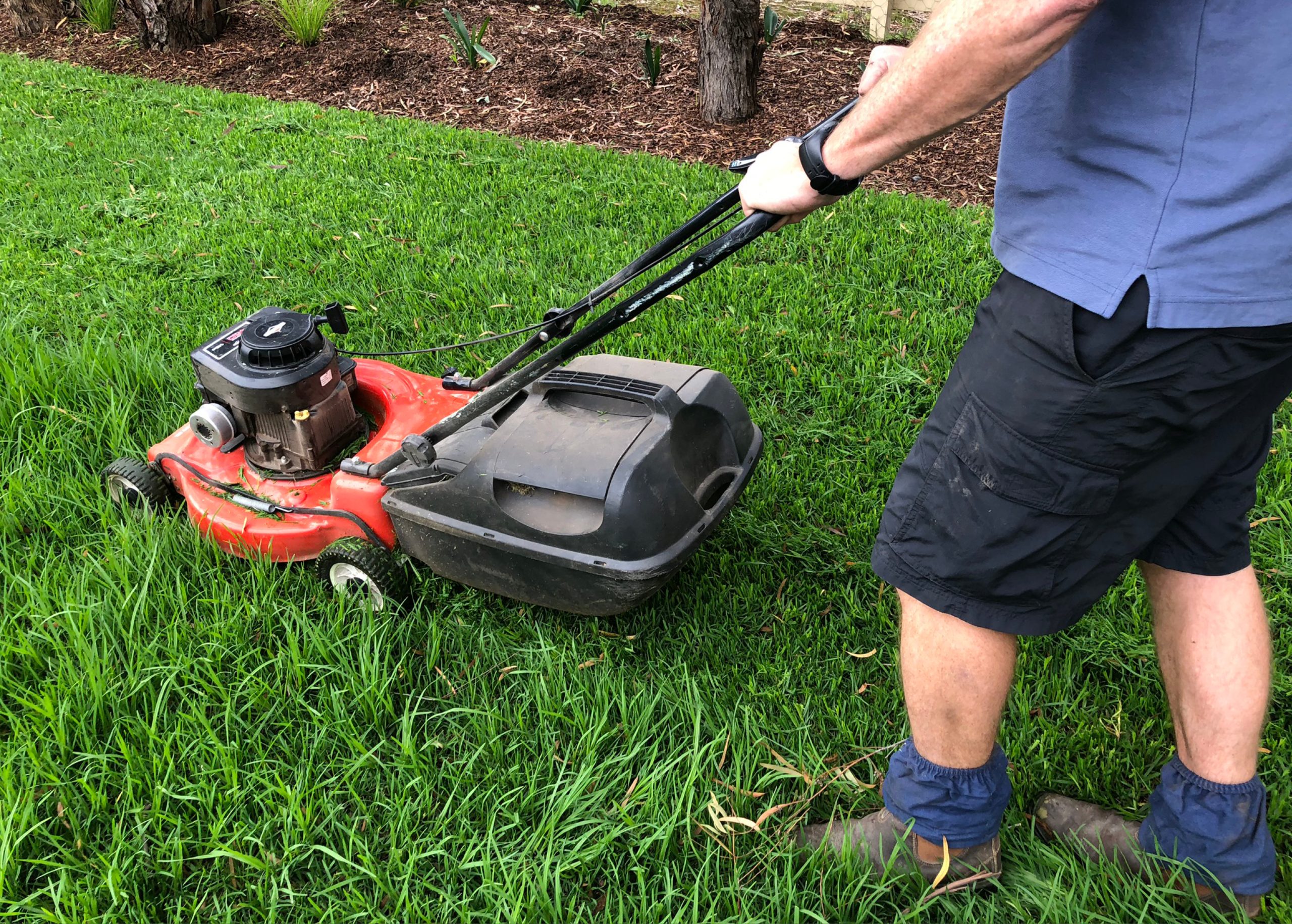
Credit: www.myhometurf.com.au
Frequently Asked Questions
Is It Good To Water Lawn After Mowing?
Yes, watering after mowing helps grass recover and reduces stress. Ensure even moisture for optimal growth.
Can Watering After Mowing Cause Damage?
No, it helps the grass recover. Avoid overwatering to prevent fungal issues. Moderation is key.
Should I Water Immediately After Mowing?
Yes, watering immediately hydrates the grass and supports recovery. It is beneficial for a healthy lawn.
Conclusion
Watering your lawn after mowing can greatly benefit its health. It helps the grass recover and stay green. Proper hydration encourages deeper root growth and reduces stress. Always water in the early morning or late evening for best results. By following these tips, your lawn will thrive and look lush.

